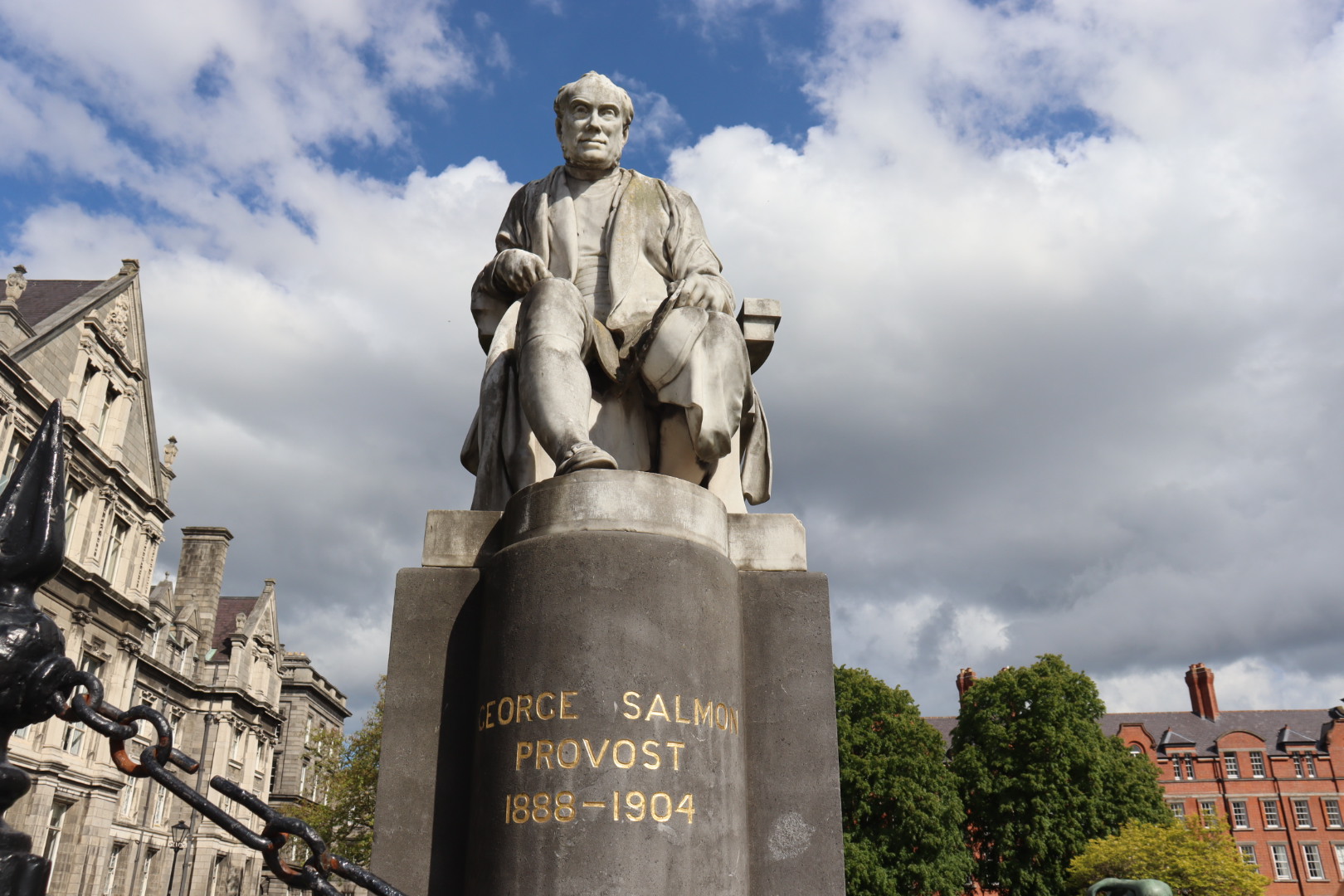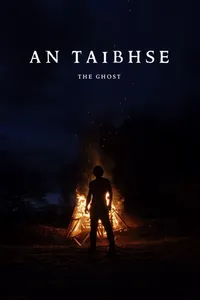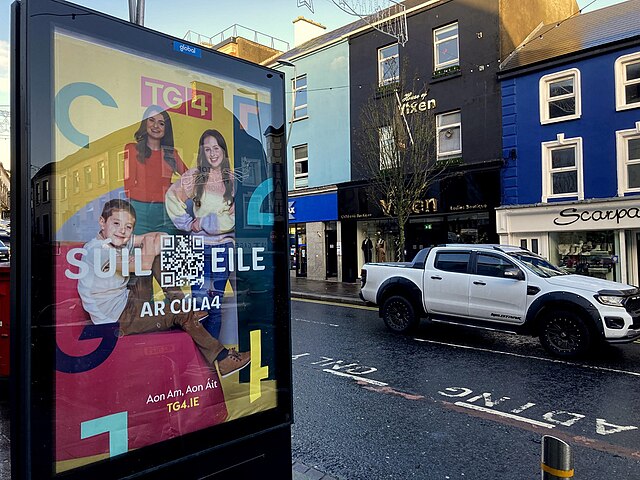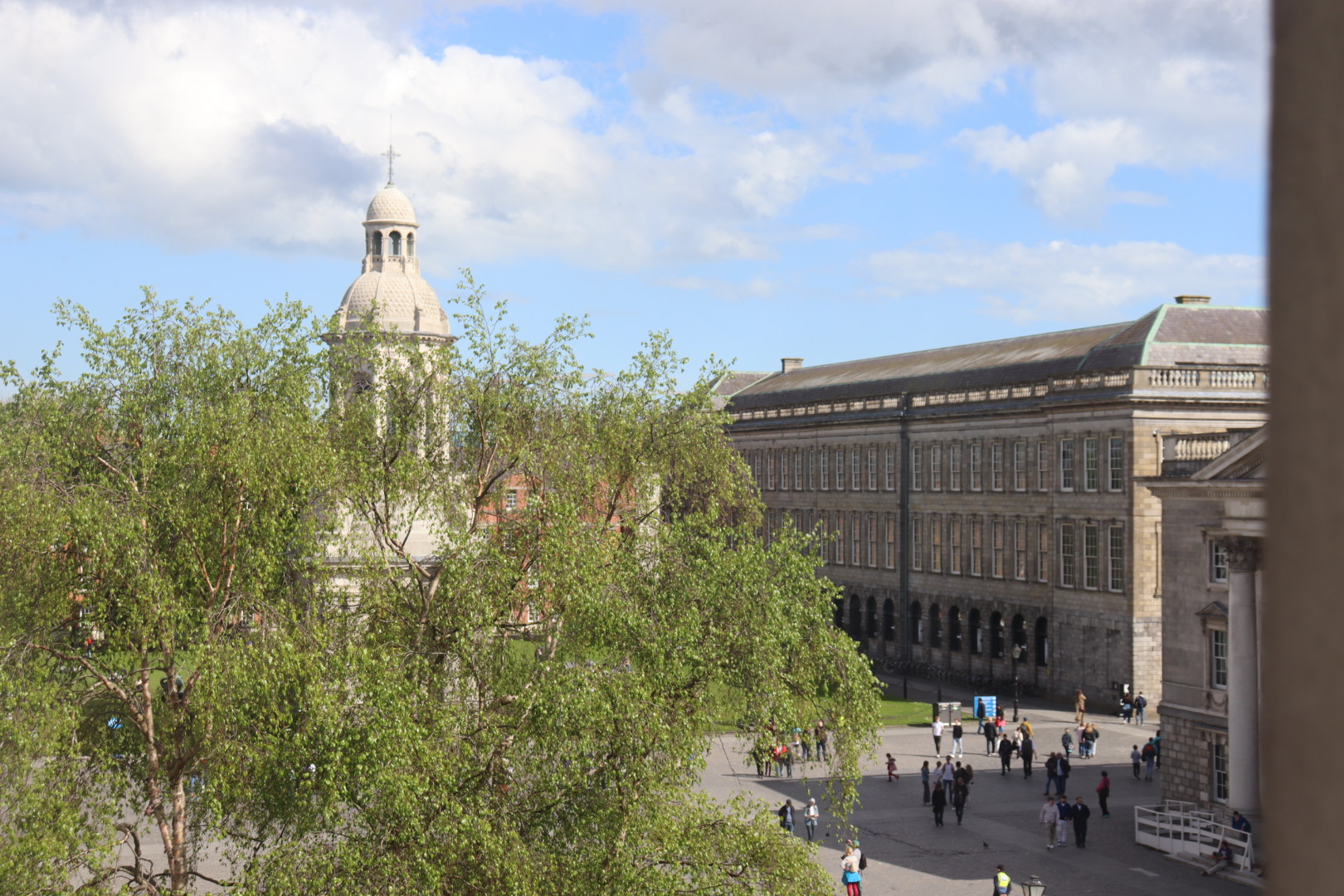Statues don’t blink. They don’t breathe. And yet, they haunt us.
In recent years, these stone and bronze figures have become battlegrounds of public memory. Pulled down, spray-painted, pedestal-less in the glare of a phone camera’s flash, their stillness now stands for something else: the refusal to forget, or the demand to.
Statues have never really been about the past. They’re about what we choose to remember and how we choose to remember it. In many cities, colonial-era statues—lords, generals, and ‘discoverers’—still tower over parks and squares, casting long shadows over countries that were once colonies and still live with the consequences of that past. These statues ask for reverence, but they rarely offer reflection. Their existence often evades the question of who put them there, and why.
The debates over their removal, like the toppling of the trans-Atlantic slave trader Edward Colston in Bristol or the graffiti-covered gaze of Cecil Rhodes in Oxford, are not just about history. They’re about space, power, and presence. To walk by a statue every day is to be told, silently, whom a society has chosen to honour. And for many, especially those historically oppressed or erased, the choice feels like a wound that never quite heals.
In the summer of 2020, following the murder of George Floyd, protests erupted across the United States and beyond, reigniting long-simmering questions about who gets immortalised in public. Initially, demonstrators focused on monuments related to the Confederate States of America, including generals, soldiers, and secessionist politicians whose statues still lined courthouse lawns and capitol grounds. But as the movement broadened to confront systemic racism in all its forms, the targets expanded too.
Statues of men associated with colonisation, forced conversions, and the violent displacement of Indigenous people like Christopher Columbus, Junípero Serra, Juan de Oñate, and Kit Carson were torn down or removed. Even founding fathers such as Thomas Jefferson, George Washington, and Ulysses S. Grant were not spared, their legacies reexamined in light of their connections to slavery. According to data from the Southern Poverty Law Center, by October 2020, more than a hundred Confederate symbols had been removed, relocated, or renamed. The public landscape was shifting visibly and with urgency.
But it’s not only the politics of race and empire that statues raise. Gender, too, is carved into marble and moulded into bronze. Walk through any European museum garden or fountain plaza and you’ll see her: the classical nude. Venus, Diana, or some nameless ‘allegory of beauty,’ breast bared, drapery slipping suggestively. These female statues are frozen in time, but also in stereotype. They offer beauty, idealised and often infantilised, as their central contribution to public life. Contrast that with the statues of men, with their arms raised, swords drawn, horses rearing. One commands, and the other seduces. The disparity is not accidental. Public monuments have long been tools for projecting not only power but ideals of masculinity, femininity, nationhood, and civility. Even today, when statues of modern women are installed, they’re often labeled with exceptionalism: ‘the first female…’ this or that. Their existence points to absence as much as presence.
There is, however, a new generation of statues, ones that commemorate resistance rather than dominance. In Richmond, Virginia, a projection of George Floyd’s face and “BLM” was superimposed on the monument of Confederate general Robert E. Lee in 2024. In London, artist Marc Quinn temporarily replaced Edward Colston with a figure of Black Lives Matter protester Jen Reid, fist raised, black and bold against the grey sky.
Some critics worry this amounts to erasing history. But perhaps it’s not erasure but editing. History is not a static document. It is a living, breathing conversation. And statues, far from being neutral, are active participants in that dialogue. By removing and replacing these figures which we have once placed historical significance on, we are establishing and reinforcing the collective consciousness of humanity.
We don’t inherit the past; we curate it. And curation implies choice. In this sense, statues are less historical artefacts than they are cultural declarations. They are decisions made solid, turned into stone, but even stones can be moved and carved.
What we often forget is that the material of a statue carries weight both literally and metaphorically. Bronze is not neutral nor is marble innocent. They are expensive, enduring materials that confer authority and suggest permanence. That’s what makes their toppling so symbolic: not just the fall of a figure, but the rejection of the values it was meant to immortalize. When a monument falls, the sound echoes throughout history.
Public art, especially that which occupies civic space, also participates in a choreography of movement. It informs how we navigate streets, look up from our phones, and pause to reflect. Statues tell us what deserves to be seen and what doesn’t. Perhaps the most dangerous myth surrounding statues is the one that insists they are apolitical. That they are simply ‘part of our heritage.’ But heritage is not the same as history. Heritage is curated, elevated, and often sanitized. History is messier since it makes room for contradiction. Statues rarely do.
There is also a spiritual discomfort that statues evoke, something uncanny in their unblinking presence. As Michel Foucault might say, they are a form of heterotopia: spaces of representation that reflect back the culture that produces them, but in distorted, idealised form. They are not just monuments but also mirrors as we see our myths in them along with our blind spots. Statues sexualise as much as they glorify. They immortalize, but they also erase. In doing so, they remind us that remembrance is never passive: it is an act of storytelling, with all the power and peril that entails.
As students, as artists, as citizens of contested spaces, we must ask: what do we want the public landscape to say about us? Whose stories deserve to be amplified, and whose deserve a re-telling? What does it mean to be monumental? And what does it cost? In many ways, the statue is a paradox: both heavy and hollow. It asks us to look up, but also to look inward. To ask who we are honoring, and what we are saying by doing so. Are we celebrating conquest or survival? Beauty or objectification? Heroism or harm?
Maybe the next generation of monuments won’t be made of bronze at all. Maybe they’ll be digital. Maybe they’ll be temporary. Maybe they’ll be flawed on purpose, so we never again mistake stone for truth.
And in an age where public spaces are increasingly contested — where every inch of pavement can be a protest, a gathering, a reclamation — the statue remains, for now, a kind of mute witness. Still standing. But never quite silent.







